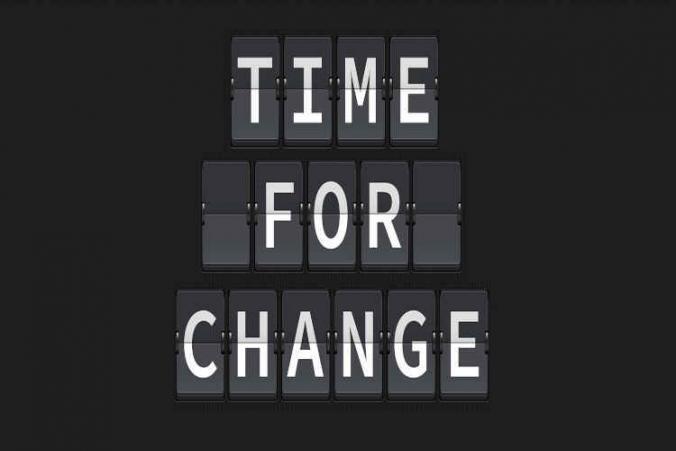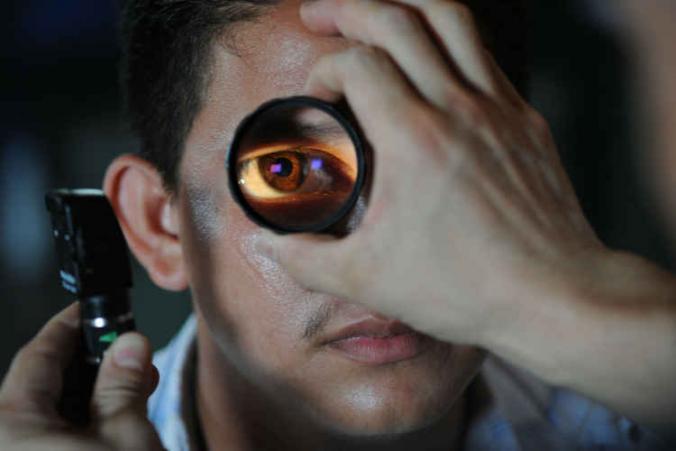Recently, I’ve been very busy wrapping up litigation in several cases. The litigation was before the Board of Industrial Insurance Appeals (known as BIIA or Board in short). The appeals in question were filed by work injury clients, which I represent. In general, an L&I claim appeal is filed after we receive an L&I claim decision that we disagree with.
L&I claim appeal: Testimony and cross examination
During litigation, I present evidence supporting the appeals on behalf of my clients. The evidence is primarily testimony from medical and vocational expert witnesses. Generally speaking, we present expert testimony by deposition. Therefore, it can take months before all the testimony is complete. In this case, it took us over 3 months.
The Department of Labor and Industries (L&I) and self-insured employers have their own expert witnesses. As these workers’ compensation claim appeal cases were winding down, I’ve been busy with cross examination. Cross-exam is my chance to ask them questions. Interestingly, most of the medical witnesses in recent cases were L&I claim IME providers.
L&I claim IME doctors from outside Washington State
Let’s focus on the 3 most recent depositions of L&I claim IME providers. Surprisingly, I found out that all 3 are not from Washington State. In fact, none of them ever treated patients in Washington State. The only reason they have a license to practice medicine here is to do IME exams for a workers’ compensation claim.
They testified that they fly here for a week, once every four or five weeks. When they come, they spend four to six days performing IME examinations for work injury claims. These providers do anywhere from 2 to 10 IME exams each day. On average, they run 6 examinations per day. Furthermore, L&I and self-insured employers usually ask for their opinion and testimony to support their position. They rarely (if ever) testify to support work injury victims.
L&I workgroup to evaluate IME procedures
In March 2020, new legislation prompted L&I to create a workgroup and evaluate the IME process. For one, the workgroup was supposed to figure out how to retain more in-state physicians for IME exams. On top, they tried to develop strategies to reduce the number of IME tests in L&I claims. Moreover, they were going to consider the work injury claimant’s rights as they relate to an IME. The workgroup mandate expired December 31, 2020.
Frankly, I don’t know the results of the workgroup efforts. However, I’m glad the legislature acknowledged the need to address these issues. Like me, every workers’ compensation attorney knows that IME exams are necessary in a workman’s comp claim. Yet, as an L&I attorney representing people after a work injury, I often question the “independent” nature of the exam. In fact, some practitioners refuse to call them “independent”.
My personal take
I find it hard to accept that IME exams are independent. I mean, we rarely see IME tests that are favorable to work injury claimants. Also, the costs of these medical examinations are disconcerting. For example, I recently reviewed an IME bill for more than $2000 for one time evaluation and record review. No wonder doctors from other states get their license in Washington State and fly out to do these exams.
I hope the L&I workgroup made some good progress regarding IME procedures. I’m also hopeful that we’ll see improvements for more fairness towards work injury claim clients. Personally, I’d like to see L&I reduce the excessive costs associated with these kinds of examinations. Finally, I wish L&I succeeds in recruiting more Washington State doctors and other providers to help with L&I claim matters.


